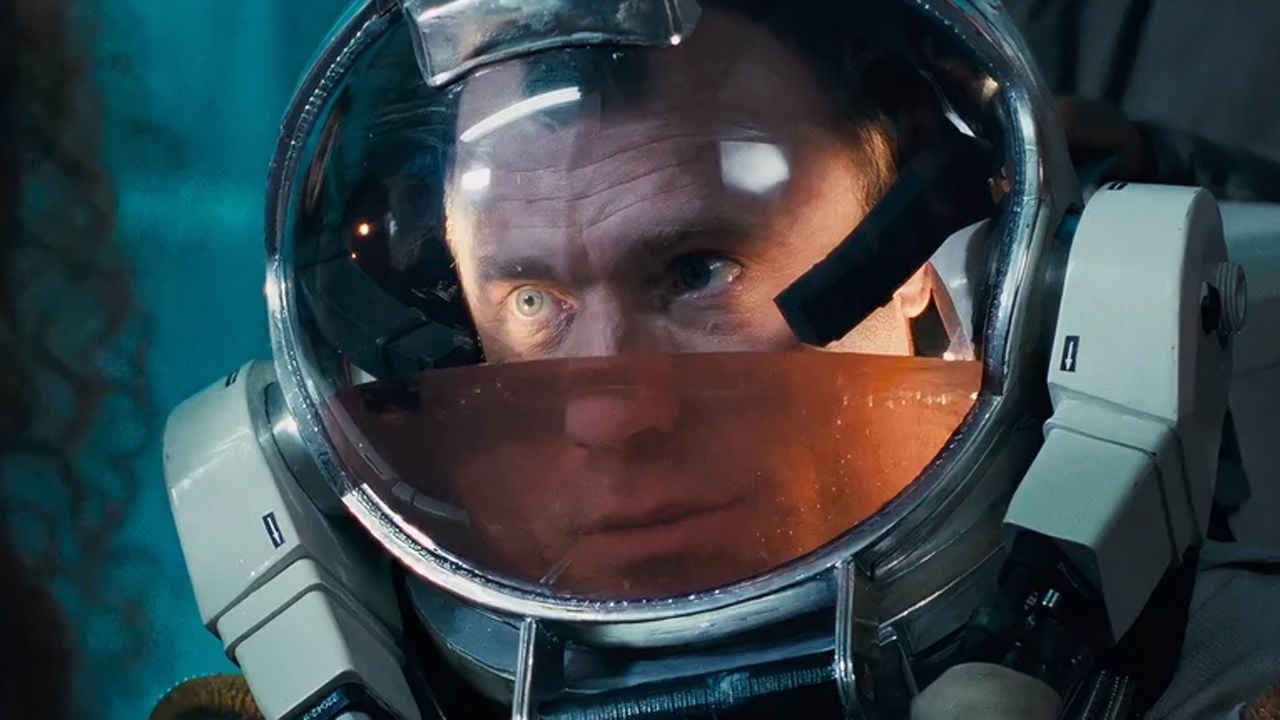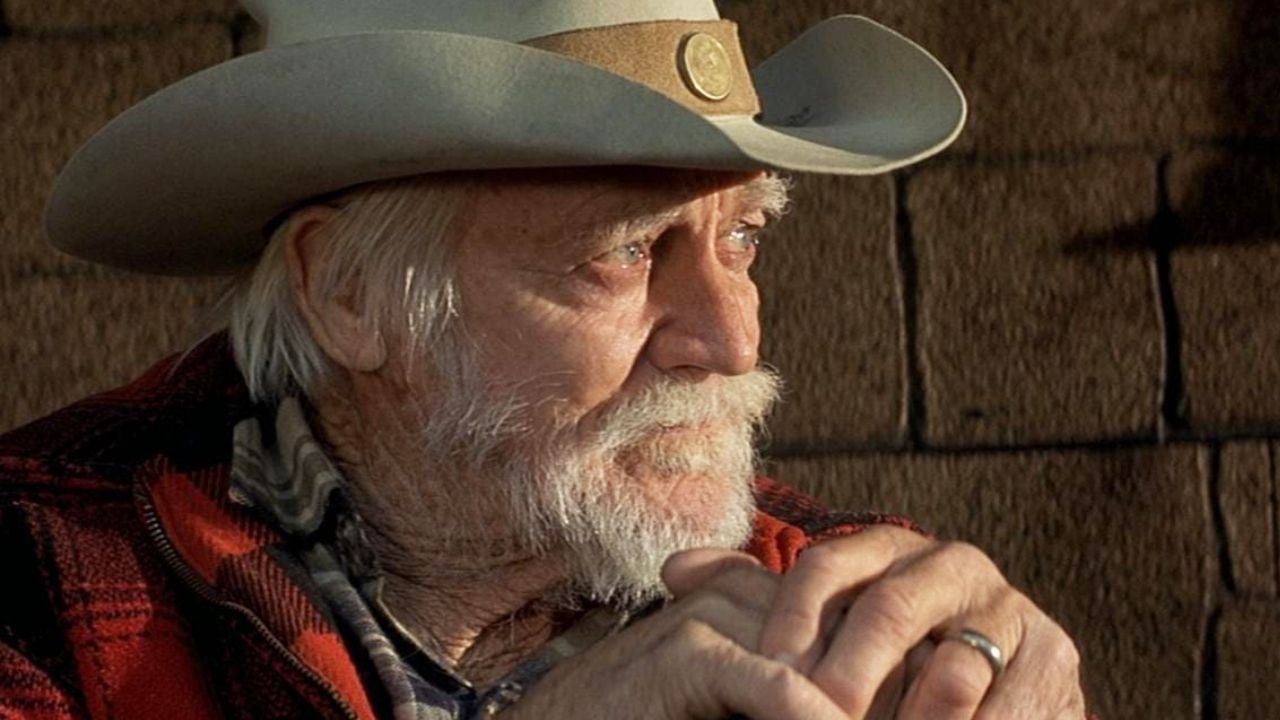Released in September 1989, Abyss is a landmark film in technical terms. But the shoot quickly turned into hell for the crew and cast. The collective stations of the cross are largely provoked by James Cameron himself, obsessed with the idea. gap as realistic as possible.
At once a disaster film set in a time when the winds of the end of the Cold War are still blowing, a claustrophobic thriller, a science fiction film mixed with dread, but also a touching love story that resonates with the personal situation. The filmmaker, then in the midst of a divorce, gap reveals what is undoubtedly the filmmaker’s first strength: his ability to tell humanistic stories in a fantastical setting. Everything is covered with undeniable technical and visual mastery that regularly borders on tour de force.
If the film was very unfairly punished by a painful failure at the worldwide box office, time fortunately did its job and elevated Cameron’s film, which was awarded the Oscar for best visual effects, to the status of a classic.
laboratory rat
At the time, I was impressed among the sequences located in the last third of the film, where Ed Harris is forced to go deep into the Cayman trench. But before that, they inject a liquid into his suit that will allow him to breathe.
It’s Navy Seal Monk (Adam Nelson) who first shows off Alan “Hippie” Carnes (Todd Graff) by submerging a rat in liquid. The latter is logically distressed at the thought that his unfortunate pet has drowned. Fluid fills the lungs to breathe? It is impossible.
Controversial sequence…
The test was actually carried out on an animal that breathed thanks to this liquid, which has a name: perfluorocarbon. “The idea was to see if the rat could survive” Van Ling, a well-known aide to James Cameron, commented Interview in the Los Angeles Times in 1989.
“So rest assured, we haven’t spent as much time and effort consulting any number of experts as we have spent $400 on a can of real perfluorocarbon to kill this poor beast. We filmed this scene under the supervision of experts on the subject. Duke University. The rat really survived.”
We can still hear the anxiety and panic attack Ed Harris experiences in the sequence where the liquid seeps into his diving suit. Despite being told to rest as much as possible, she logically has choking reflexes…
The idea of creating such a fluid dates back long before film. The first study of instilling saline fluid into a dog’s lungs dates back to World War I; This was seen as a possible treatment for the effects of war gases.
But only in 1962, the team of PhD in Physiology Johannes Kielstra was able to make mammals breathe in saline liquid, but under very high pressure, equivalent to 1.6 km below sea level. Also, this work was aimed at diving in deep water. A possible application for submarine rescue.
It was professional diver Frank Falejczyk who first tested perfluorocarbon breathing fluid. Although he developed pneumonia shortly after the test, he was able to breathe with the help of fluids. So the concept was valid.
At the age of 17, at his high school, James Cameron attended a lecture by Frank Faleczyk. Cameron came to be surprised; Enough to give him some ideas, which he jotted down in a corner, and which many years later would spawn his film Abyss.
“I was taking diving lessons, then I wrote a story about scientists from a submarine base who explore the Cayman Trench in the Caribbean using this breathing fluid and discover a hidden civilization. He would say years later.
In 1987, shortly before filming, Cameron asked him as a consultant to prepare the series. Falejczyk will give him all his research on the subject and explain how to proceed with the rat. Cameron’s perfectionism and obsession with realism, again and again. For the best.
Source: Allocine
Rose James is a Gossipify movie and series reviewer known for her in-depth analysis and unique perspective on the latest releases. With a background in film studies, she provides engaging and informative reviews, and keeps readers up to date with industry trends and emerging talents.






